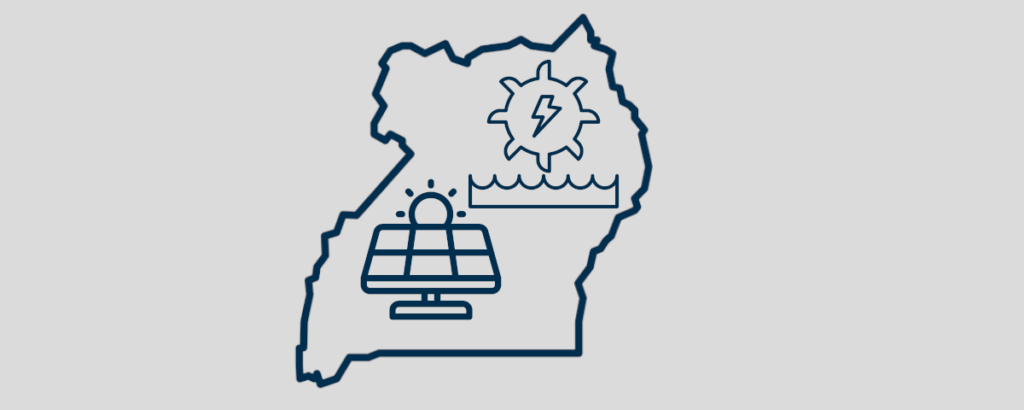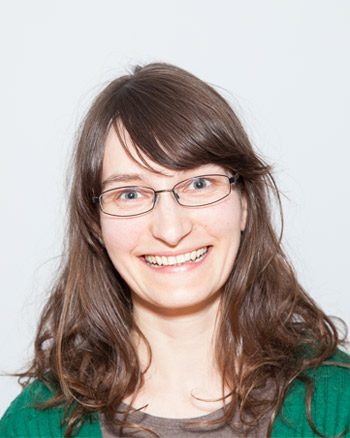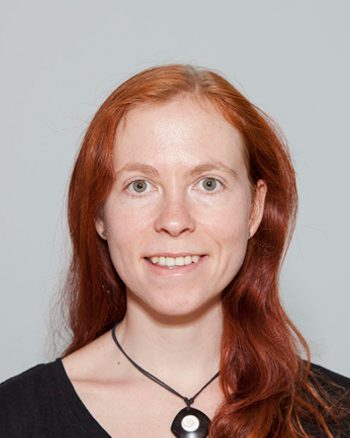100% Renewable Energy Uganda

Project description
In this project, a study for an energy supply based on 100% renewable energy in Uganda is being carried out with the help of the energy system modelling framework oemof. It is the first countrywide study at RLI for a country which is not fully electrified yet. Based on the information of existing energy projects and plans under development, scenarios will be analyzed from a technical, economic and environmental perspective, seeking an economically efficient option that meets Uganda’s needs. The study is prepared on behalf of the World Wide Fund For Nature (WWF).
Country-specific information is produced with local Ugandan partners
The scenarios are developed together with the multi actor partnerships (MAP) in Uganda highlighting potential energy transitions for the country by 2030, 2040, and 2050. The transition scenarios will be used as a reference in the decision-making route to develop high-impact strategies and policies in Uganda, which will support the systematic transformation process to become 100% renewable.
Geodata and socio-economic information will shape the scenarios
The project will be conducted in five stages, where regular communication with MAP Uganda and other stakeholders will be maintained. Key information will be collected in order to contextualize the scenarios and identify drivers and barriers that may influence the development of renewables in Uganda. Relevant documents, spatial data for GIS analysis and other databases with technical and socio-economic information will be considered.
Policy recommendations for 100 percent renewable energy
With spatial analysis and stochastic modeling tools, the available resource supply and the expected demand to be supplied will be evaluated. Subsequently an energy system model for the Ugandan energy system will be implemented using oemof (open energy modeling framework) and scenario optimizations will be made for milestones 2030, 2040, 2050.
This will be followed by a post-modeling stage, where technical-economic and socio-economic analyses are performed. Finally, the results are compiled and analyzed, and some policy recommendations are included seeking to create a framework to support the inclusion of renewables and the expansion of the access to energy for the whole population.
Project duration: March 2022 – April 2023
Tasks
- Gathering and processing data to parametrize the energy system model
- Setting up an energy system model for Uganda with the open energy modelling framework (oemof)
- Development of scenarios for 100% RE and transformation pathways
- Analyzing simulations results and derive policy recommendations for key stakeholder groups
- Visualization of scientific results in a reader-friendly manner
Results
- The average per capita demand will increase and people which are currently not or not sufficiently supplied, will be included. Due to the climate crisis, the only way forward is to meet this demand by sustainably sourced electricity, hence, RE
- A substantial increase in PV and battery storage capacities combined with clean cooking technologies (electric and LPG stoves) and electric vehicles is not only climate neutral but also the minimum cost solution on the pathway to 100 % RE.
- Based on the status quo Uganda needs 57 times and 100 times of installed capacity for a 80 % RE and 100 % RE supply respectively.
- This has high implications on upfront investment costs. But despite this fact there will be a reduction in the cost for the energy produced of 60 % for a 100 % RE scenario and even more than 70 % for an 80 % scenario compared to the business-as-usual scenario. Therefore a transition of the energy system towards 100 % renewables until 2050 is economically viable in the long-term in comparison to the BAU pathway despite high initial investment costs


